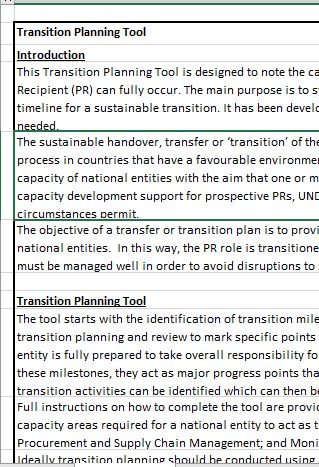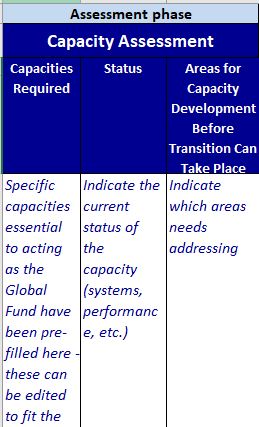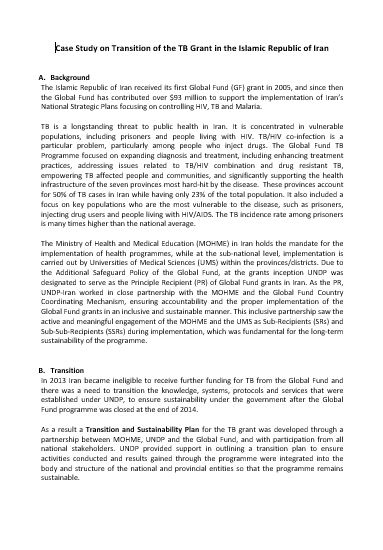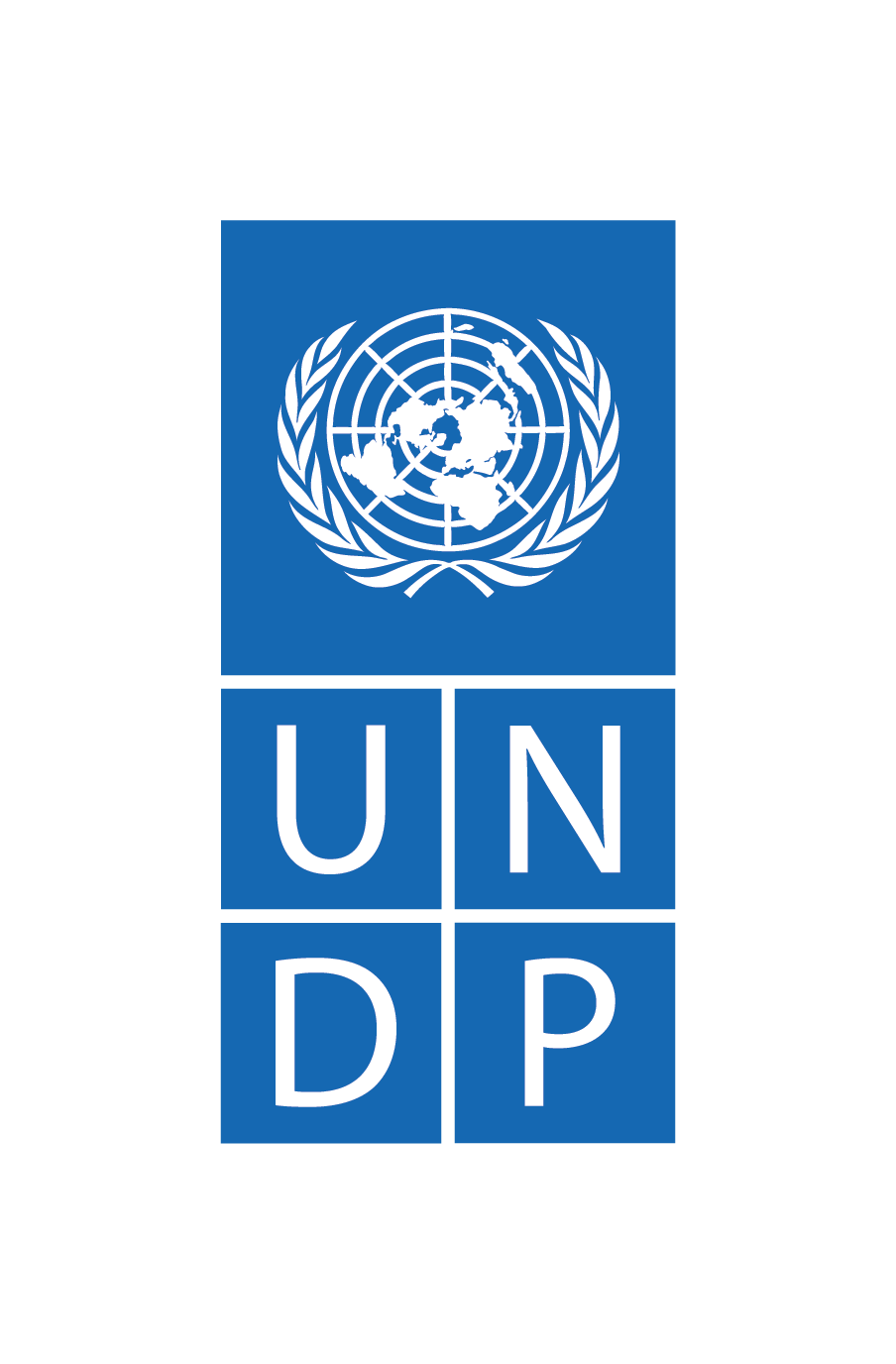Transitioning to national entities
External donors have historically contributed a significant amount of financing for health programmes in low- and middle-income countries. However, as countries grow economically, donors expect countries to transition away progressively and sustainably from external financing and towards domestically funded health programmes.
Capacity development is given top priority in all countries where UNDP acts as interim Principal Recipient of the Global Fund to Fight AIDS, Tuberculosis and Malaria (The Global Fund) grants for HIV, tuberculosis and malaria programmes or as a channel for other donor funding to reach the implementation level, onwards to both government and civil society entities. The aim of its technical assistance is to transition the management and implementation of these programmes to national entities once capacity in the national organization is strong. A well-planned and well-managed transition process helps to avoid disruptions to service delivery and ensure the long-term sustainability and efficiency of vital health programmes.
In countries preparing for the transition from donor- to domestically funded programmes, early and extensive planning may be needed to mobilize domestic financing to cover costs previously funded by donors, such as HIV treatment and prevention services targeted towards key populations. To leverage additional domestic financing, there is a need to support domestic advocacy for increased health spending and to assess what alternative innovative financing mechanisms can be developed to reduce dependence on donors.
As more countries transition out of external financial support for health programmes, it is also important to consider the potential impact of the transition on continuity and access to services for the most vulnerable and marginalized populations. Particularly for the delivery of HIV services, the transition may have a negative impact on key populations that experience higher rates of HIV infection, such as men who have sex with men, people who inject drugs and transgender people, and those who face stigma and discrimination that may prevent them from accessing services under government-funded responses.
The pages in this section provide guidance and tools pertaining to UNDP’s approach to transition planning in the context of the Global Fund to Fight AIDS, Tuberculosis and Malaria (The Global Fund) and other health programmes, as well as broader support to build the enabling environment for sustainable and equitable health outcomes following a transition. This includes, in particular, technical assistance to help countries strengthen the availability and efficiency of domestic financing for health and support to establish mechanisms for the public funding of civil society organizations, or social contracting, most notably for community-based HIV service delivery to key populations.
Country example of phased transition
Following UNDP’s handover of the Principal Recipient (PR) role to government In Belarus, it was agreed that it would take some time to develop the necessary capacity in the area of procurement and supply chain management (PSM). As such, UNDP would continue to carry out all procurement during the first year of the new arrangements. Phase 1 of the transition focused on capacity development and start-up activities for the new PR, including in recruiting staff, managing and reporting on Global Fund funds, carrying out monitoring and evaluation, and developing operations manuals. Phase 2 focused on developing the new PR’s capacity to carry out PSM and ensured continued support from UNDP to the new PR, along with the guarantee during the transition phase that there would be no interruption in the supply of essential drugs.
Key resources

Transition Framework
The sustainable transition or handover of the PR role from UNDP to one or more national entities can be one of the results of a capacity development process.
MS Excel

Transition Planning Tool
This tool is designed to note the capacity of potential PRs and to detail activities that need to take place before the transition to a new Global Fund PR can fully occur.
MS Excel

Capacity Development and Transition Planning Tool
The tool is designed for assessing the capacity of potential PRs and to detail activities that need to take place before the transition to a new Global Fund PR can fully occur.
MS Excel

Transition & Systems Development Planning Tool
This tool details milestones and activities that need to take place before the transition to a new Global Fund PR can fully occur.
MS Excel

Transition Plan Narrative Report Template
This template provides an outline and some generic narrative for the preparation of a capacity development and transition plan report.
MS Word

Transition Milestones Examples
The transition milestones were developed to measure the successful implementation of the Transition of the PR to national entities.
MS Word

Generic TOR CD and Transition Planning
Example document and template for writing the terms of reference for capacity development and transition planning.
MS Word
Country examples:

Capacity Development and Transition Plan Belarus
To further enhance the national systems to improve the performance of the Global Fund nominated Principal Recipient to strengthen the delivery of national HIV and tuberculosis Responses. PDF

Zambia MOH UNDP GF Case Study Report
Strengthening national capacity to fight AIDS, tuberculosis, and malaria: a case study on the partnership between UNDP, The Global Fund and the Ministry of Health in Zambia.
PDF

Process for a Sustainable Transition in Iran
Case Study on the transition of the tuberculosis grant in the Islamic Republic of Iran.
MS Word
